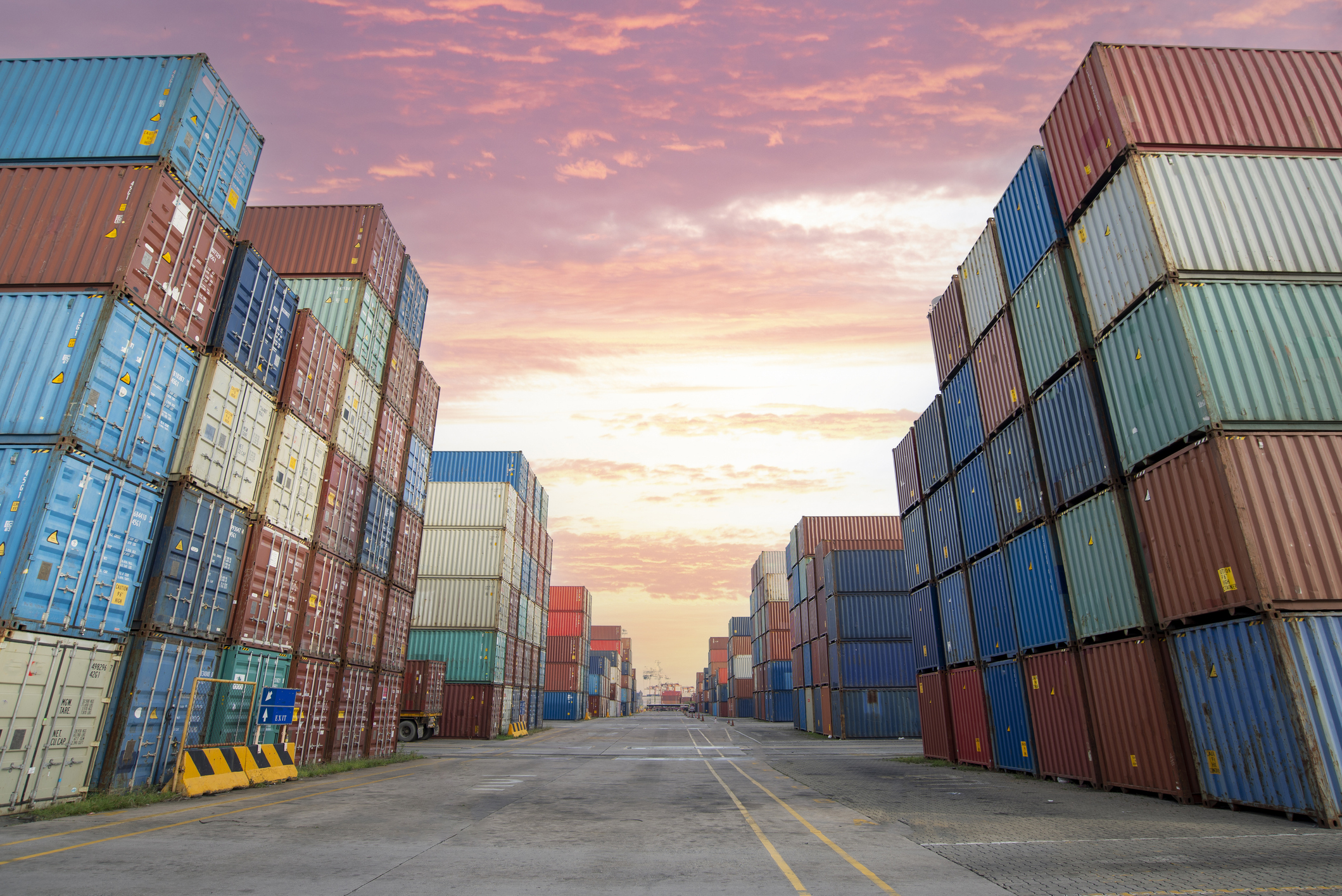
President Donald Trump’s policy agenda to raise tariffs will hit some states harder than others, according to a bipartisan study.
Before winning his second term, Trump pledged to impose a tariff as high as 20% on all foreign imports and an additional punitive 60% tax on imports from China. Within his first 100 days, the Trump administration has enacted sweeping tariffs on almost all countries and levied a 25% tariff on aluminum, steel, and automobiles.
Additionally, Trump hinted at upcoming tariffs targeting lumber, pharmaceuticals, and other sectors. Tariffs as high as 145% were enacted on China on April 12, with some exemptions.
Trump has also floated the idea of abolishing all income taxes in favor of tariffs. A lofty plan that has been characterized as “aspirational” by Trump’s cabinet members. (More on that later.)
As Kiplinger has reported, the controversial policy is said to raise trillions in revenue, but it would fail to solve the deficit and cost U.S. consumers more each year.
Those facing the largest price burden would reportedly be in states in the Midwest and South, the Tax Policy Center (TPC) found, where revenue is more reliant on trade compared to other regions of the country.
“Trump’s proposed tariffs would create an entirely new policy tradeoff calculation, and the costs of that policy would not be spread equally across the 50 states,” Robert McClelland and Richard Auxier of the TPC wrote in their report.
Replacing income tax with tariffs?
Understanding the impact of tariffs is important, especially since President Trump has repeatedly pitched the idea of replacing federal income taxes with tariffs.
During a campaign appearance on Joe Rogan's podcast, Trump expressed openness to this radical shift in the U.S. tax system. He referenced the presidency of William McKinley, whom he called "the tariff king," and praised the supposed economic prosperity of the late 1800s.
Trump's original tariff proposal implemented a universal 10% or 20% tariff on all imports, with an even higher rate for Chinese goods. When questioned about the seriousness of his idea, Trump responded, "Yeah, sure. Why not?"
Meanwhile, Vice President JD Vance described the proposal as not "realistic" during the presidential election.
Since then, Trump has claimed that higher tariffs would shore up enough revenue to make childcare more affordable, pay down the national deficit, fund other tax credits in his ‘one, big beautiful bill’, and replace the income tax.
Widely respected nonpartisan groups that lead in tax policy analysis said the following:
- The Tax Foundation has said, "Trump's income tax math doesn't add up."
- The Tax Policy Center said the revenue from tariffs would “fall far short of paying for all the ambitious ideas he [Trump] claims it would fund.”
Trump tariff: Which states would be hurt the most
To calculate how Trump’s proposal to hike tariffs would impact the United States, the Tax Policy Center examined the distribution of imports state-by-state.
Nationally, imports totaled about 11% of U.S. GDP last year, but there are 11 states where they made up 15% or more of that state’s economy.
Delaware, Georgia, Kentucky, Illinois, Indiana, Michigan, Mississippi, New Jersey, Rhode Island, Tennessee, and Wisconsin are among them.
“Existing tariffs are most consequential to the economies of states in the Midwest and South because those are the states where imports total the largest share of GDP,” the TPC researchers wrote in the report.
The entire U.S. would be impacted by higher tariffs
On average, Trump’s original proposal of enacting 60% tariff on goods from China and a 10% tariff on goods from all other nations would increase tariff payments as a share of state GDP by 1.5 percentage points across all 50 states and the District of Columbia.
But the largest percentage point increases would occur in Kentucky, which would see tariff payments as a share of state GDP jump by 4.1 points.
This is followed by Indiana (3.9 points), Tennessee (3.6 points), Mississippi (3.5 points), and Michigan (2.8 points). The smallest increase would occur in South Dakota (0.3 points).
- Overall, tariff payments would total more than 3% of the state GDP: in Illinois, Michigan, and Wisconsin.
- It would total more than 4% of the state GDP in Kentucky, Indiana, Mississippi, and Tennessee.
- As noted, Kentucky would bear the largest total tariff payment, with tariff payments totaling nearly 5% of its state GDP.
All told, tariff payments would total more than 2% of state GDP in 20 states, the TPC revealed.
The Trump administration’s tariffs have surpassed the originally proposed target percentages, meaning these states may be worse off.
So far, President Trump’s tariffs have surpassed even his earlier expectations. As reported by Kiplinger, the Trump administration revealed in early April that imports from China face a minimum 145% tariff. The new tariffs are on top of existing tariffs.
Trump has also levied sweeping universal tariffs on all countries, as well as 25% tariffs on targeted goods like steel, aluminum, and automobiles.
For the latest tariff updates: What’s Happening Now With Trump Tariffs? April Updates to Know
Consumers would pay the price from tariffs
Trump’s tariff plan was the centerpiece of his presidential campaign and is now the focal point of his administration. At one point, he even suggested a 100% tariff on countries that leave the U.S. dollar as well as “every single car coming across the Mexican border.”
President Trump has argued that tariff hikes could:
- Reduce child care costs
- Lower food prices
- Create more factory jobs
- Reduce the federal deficit
However, many economists aren’t convinced and have debunked some of Trump’s claims. They warn consumers will most likely pay thousands more a year for goods and services due to the proposed tariff policy.
- For instance, a 20% blanket tariff on all imports with a 60% tariff on China, would cost the typical U.S. household with middle-income $2,600 a year.
- That’s up from a $1,700 loss in after-tax income if he were to raise tariffs by 10%, according to the Peterson Institute for International Economics
- The Committee for a Responsible Federal Budget predicts that Trump’s campaign proposals would increase the federal debt by $7.5 trillion over the next decade.
Former Vice President Kamala Harris also slammed Trump’s tariff plans, calling it a “national sales tax” that would raise prices on middle-class families by nearly $4,000 a year.
“Research shows that tariffs were passed on to consumers and businesses rather than being paid by the exporting nations.”
Why tariffs matter
Tariffs matter since they can increase the costs of goods and services you rely on and impact your budget.
It's important to stay informed of proposed tax policies and how they may shape the county’s economic future.







